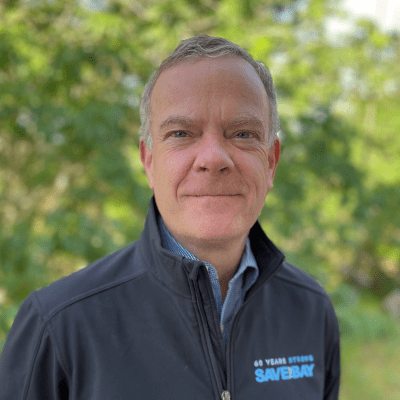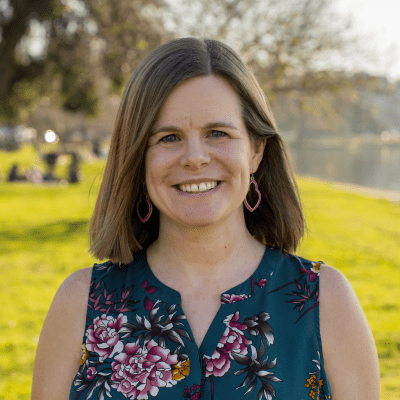Though you mostly can’t see it, cities have been carefully designed to keep us safe from stormwater when it rains. Miles of underground pipes, pumps, and catch basins route water away from homes, schools, businesses, and roads, and into San Francisco Bay, keeping communities safe and functioning every time it rains.
However, a warming climate causes longer and wetter storms that drop more water at a time, which overwhelm these existing systems that weren’t built for such large storms. This leads to flooding that damages homes, buildings, roads, and utilities, and even puts lives at risk. In January 2023, 22 people died as a result of the atmospheric rivers that raged across California. Almost 200 schools were closed across the state due to flooding, many for extended periods, keeping children from accessing their education. The impacts of climate change are here now, and cities need to start building resilience to more frequent, more intense storms.
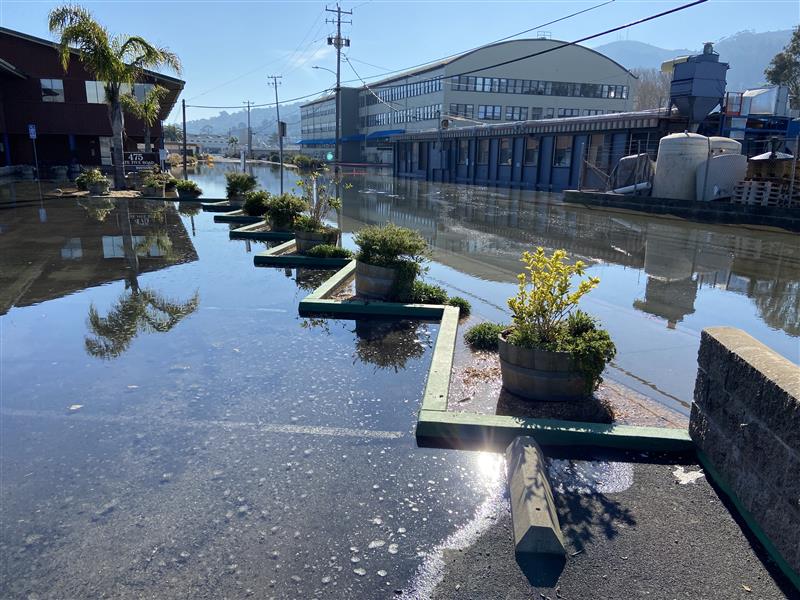
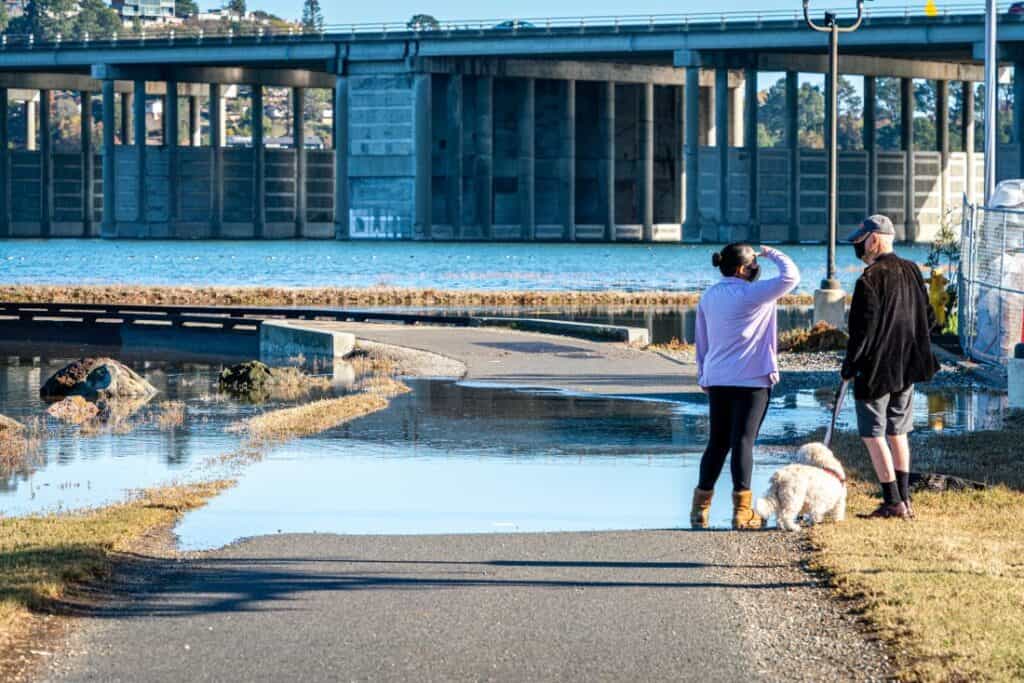
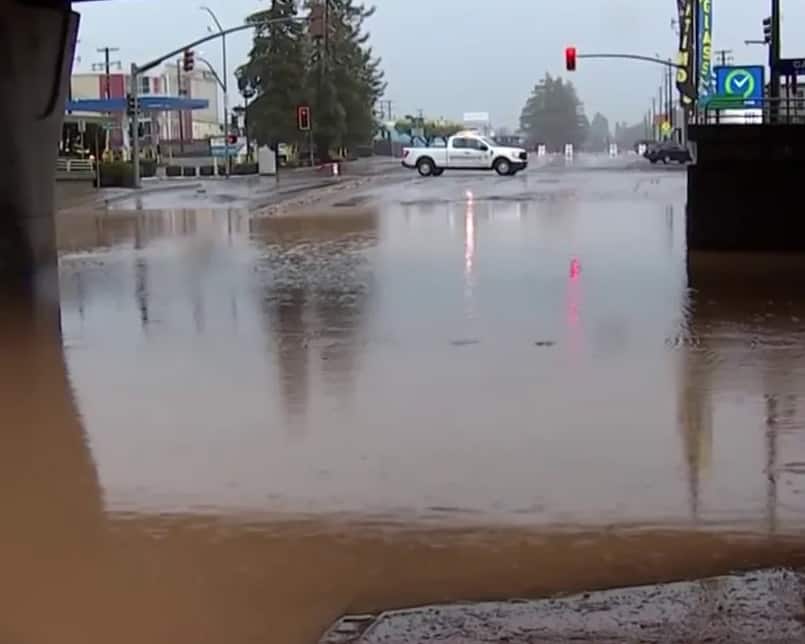
To do this, cities must invest in their stormwater systems. Underbuilt systems combined with years of backlogged maintenance on pipes that are over 80 years old mean cities across the Bay are not ready for the storms we face. The American Society of Civil Engineers gives California’s stormwater infrastructure a D+.
Building for Climate Resilience
The good news is that many cities are ready to build for climate resilience. New policies are being adopted that require new infrastructure planning to take climate change into account. Oakland, for example, incorporated many of Save The Bay’s recommended flood resilience policies into their General Plan. Unfortunately, infrastructure upgrades are not cheap. Due to the constraints of anti-tax laws such as Prop 13 (1978) and Prop 218 (1996), finding additional revenue for essential infrastructure upgrades and their ongoing maintenance is no easy task. Most cities now face infrastructure maintenance backlogs in the millions of dollars. Even state and federal grants only go so far, as they can only be used for one-time capital investments (the building of stuff), and not ongoing maintenance (the upkeep of stuff).
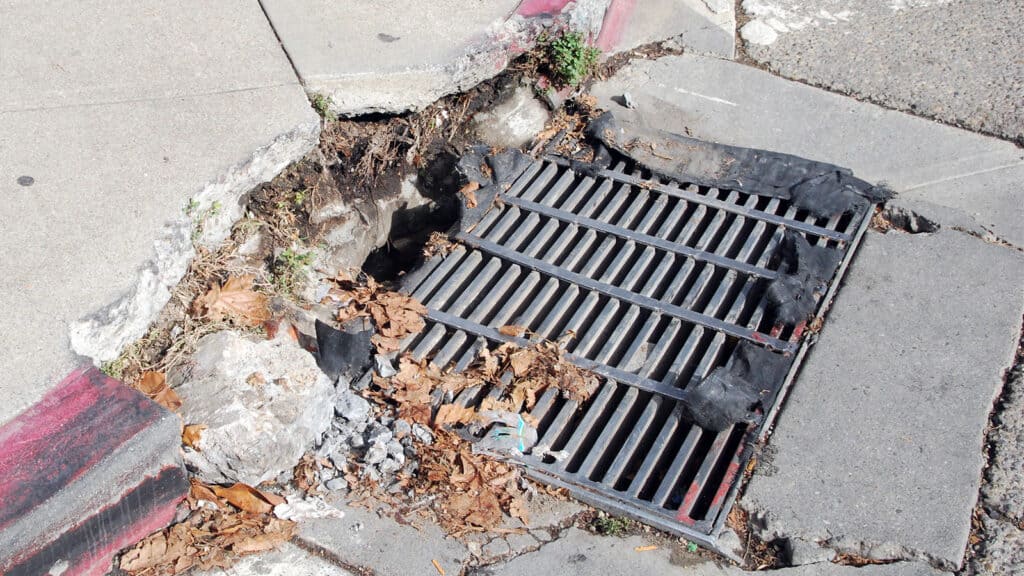
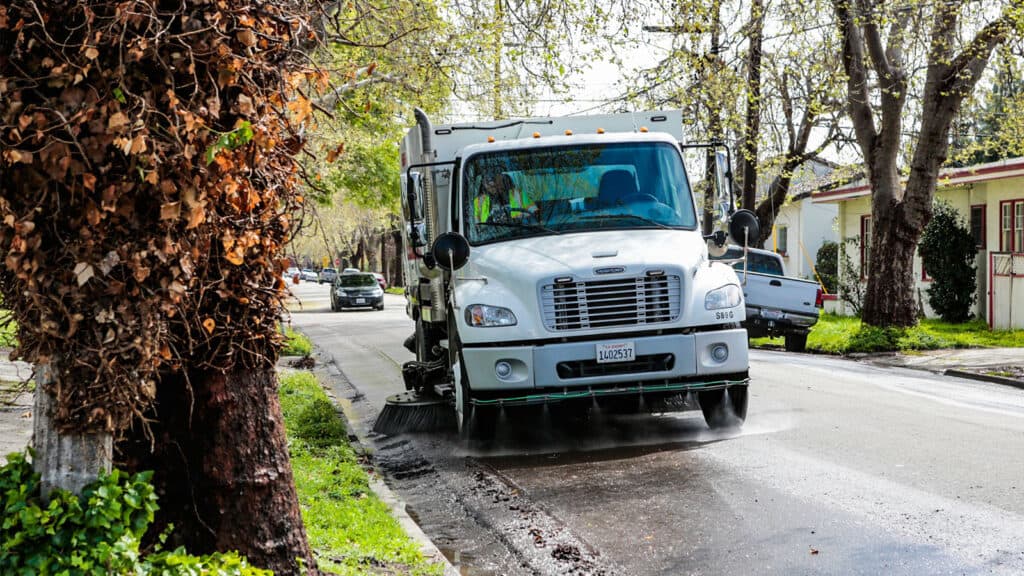
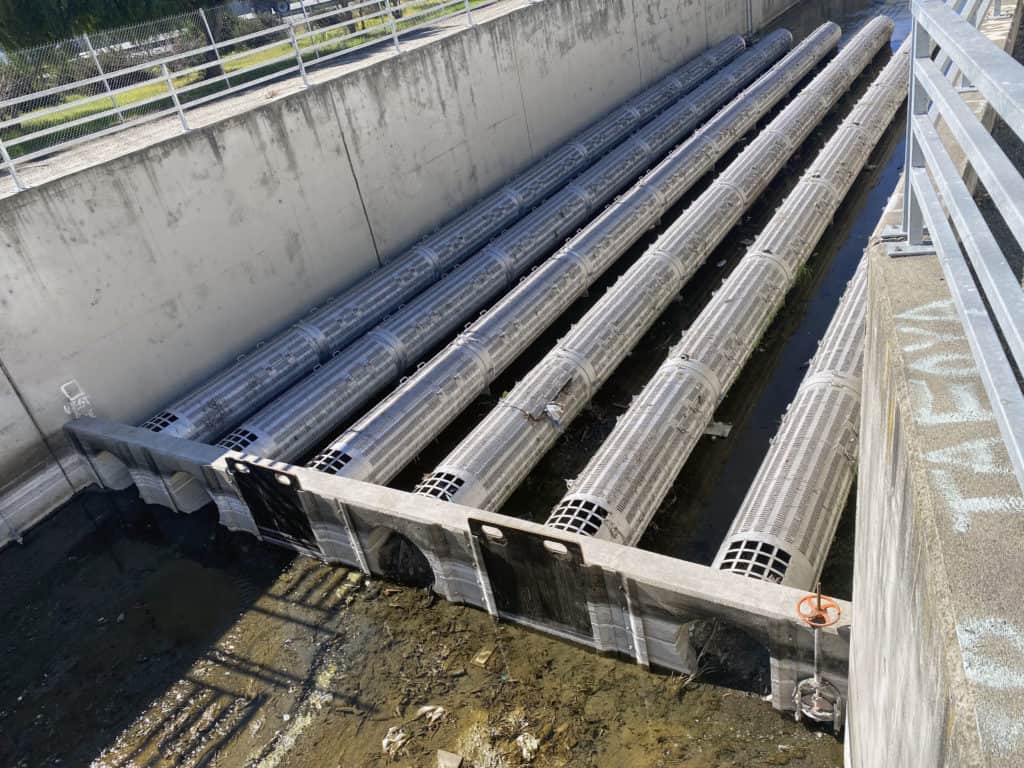
Funding for Climate Resilience
Save The Bay is helping cities pursue additional funding to pay for these critical infrastructure investments. Revenues to fund stormwater have remained flat for almost 30 years, even as costs have increased with inflation. It’s time for us as residents and beneficiaries of city services to start investing in the infrastructure that is essential to keep our cities safe and thriving as climate change progresses.
Recently, the City of San Mateo passed a Stormwater Fee, generating $4 million a year to upgrade their stormwater system and protect homes and businesses, like the catastrophic floods the city faced in 2023. Last year, Sacramento and Huntington Beach passed similar stormwater fees. San Leandro in Alameda County is pursuing a similar measure, with ballots to be delivered to voters in May. These forward-looking cities are taking climate resilience seriously, and investing in their systems now. These new revenues also help these cities qualify for grants from the state and federal government that often require matching funds from local jurisdictions.
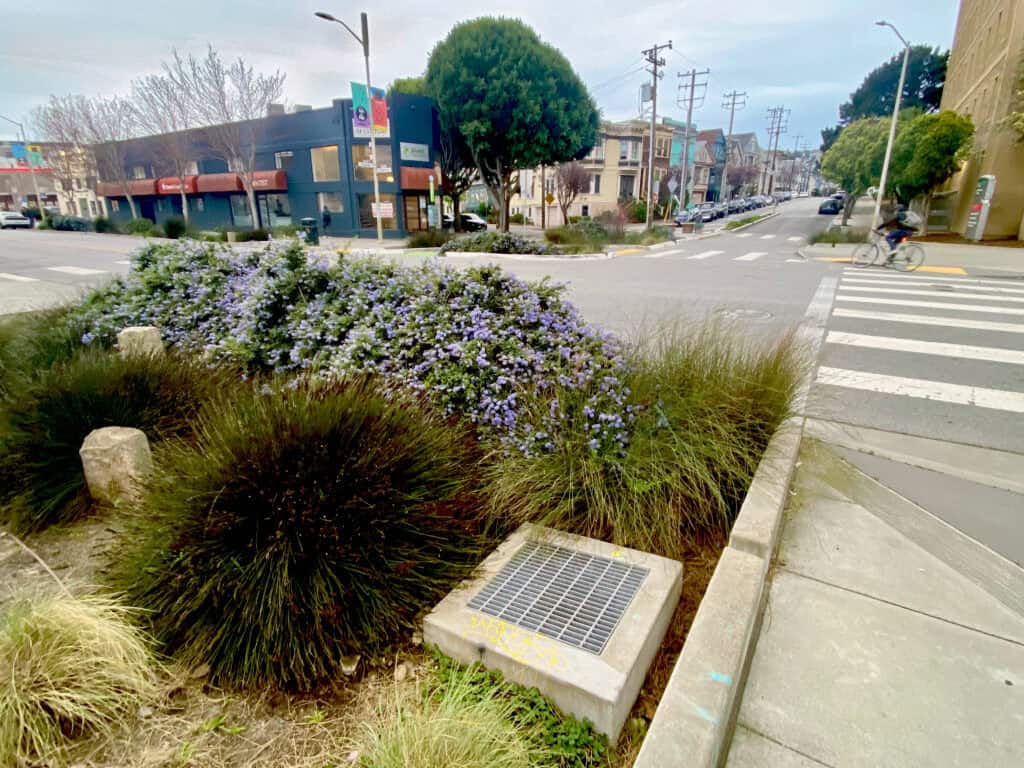
Of course money isn’t the only consideration when building a city resilient to flooding. Cities must also innovate and use more sustainable design. Besides pipes and pumps, cities can use natural elements to manage stormwater. Green stormwater infrastructure uses natural elements – soil and plants – to slow stormwater, reduce flooding, and filter pollution before it reaches the Bay. Green infrastructure can also reduce urban heat, increase urban biodiversity, improve air quality, and – when combined with bike and pedestrian improvements – reduce traffic fatalities. Building bioswales, rain gardens, and other specially-designed green elements will ensure that cities are more resilient to the impacts of climate change, while providing a host of other benefits.
Save The Bay is excited to partner with cities across the Bay to make these innovative, climate resilient investments a reality.










































